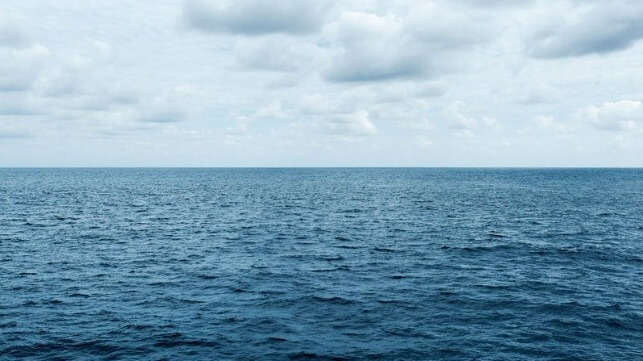UN Convenes Decisive “Final” Talks on High Seas Treaty

The future of the world’s oceans will be at stake starting Monday when UN member states meet for ostensibly the final round of negotiations that will decide the fate of a treaty aimed at protecting the world’s oceans. After failure to conclude a legally binding agreement on the High Seas Treaty in August, negotiations resume in New York from February 20 to March 3 with NGOs warning that without a strong treaty, it will be practically impossible to protect the world’s oceans by 2030.
Discussions began in 2007 about the need to create new treaties protecting biodiversity and after a decade of discussion, the UN convened in 2017 the first of what was planned to be four sessions to develop the treaty. The member states have agreed that the goal is to conserve and sustainably use ocean biodiversity, and while coming very close to agreement in August 2022, the fifth session still failed to adopt a treaty.
“We’re closer to the finish line than we’ve ever been before but … we still need a little more time,” Rena Lee of Singapore, president of the Intergovernmental Conference on Marine Biodiversity of Areas Beyond National Jurisdiction, said at the close of the session last year. Sticking points were said to center around fair access to marine resources for all and how to establish and maintain the proposed marine protected areas on the high seas.
A broad range of international organizations, including Greenpeace International and WWF, have warned that failure to agree on a binding treaty will jeopardize the 30×30 target that was agreed at COP15 in Montreal in December last year. They believe that it is critical for countries to finalize the agreement in order to secure two-thirds of ocean water masses that are largely unprotected and overexploited.
The 30×30 framework commits countries to protect and conserve at least 30 percent of the ocean and ensure 30 percent of degraded areas are under restoration by 2030 with a High Seas Treaty creating a process for establishing marine protected area networks in areas beyond national jurisdiction, a development that is critical for meeting the global targets.
According to the PEW Charitable Trusts, currently, more than 20 organizations regulate different aspects of human activities—such as shipping, fishing, and seabed mining—on the high seas with little coordination among them. At the upcoming meeting, officials from the trust said that countries are expected to finalize a legal framework to establish a network of marine protected areas (MPAs) on the high seas, and to conduct environmental impact assessments in these ocean areas.
“The oceans support all life on earth. Their fate will be decided at these negotiations. The science is clear. Protecting 30 percent of the oceans by 2030 is the absolute minimum necessary to avert catastrophe. It was encouraging to see all governments adopt the 30×30 target last year, but lofty targets mean nothing without action,” said Laura Meller, Oceans Campaigner and Polar Advisor, Greenpeace Nordic.
Although global high seas, or waters beyond national jurisdiction, comprise nearly two-thirds of the ocean’s mass, only roughly one percent of the huge swathe of the planet is protected albeit with little effective management in place.
“For most people, the high seas are out of sight, out of mind. But the ocean is a dynamic mosaic of habitats, and the high seas play an important role in the healthy functioning of the whole marine system,” said Pepe Clarke, Oceans Practice Leader at WWF International.
A strong treaty is seen as essential in fully protecting ocean sanctuaries across the high seas, free from activities like destructive fishing and deep-sea mining with the Conference of the Parties created by the treaty taking decisions on all potentially damaging activities, including fishing.
“Overfishing and illegal fishing, habitat destruction, plastic and noise pollution as well as climate change impacts are all rife in the high seas. Heavily subsidized, industrial fishers seek to exploit and profit from ocean resources that, by law, belong to everyone. It’s a tragedy of the commons,” noted Jessica Battle, WWF Senior Global Ocean Governance and Policy Expert.
Stakeholders believe that a legally binding High Seas Treaty would help to break down the current silos between isolated management bodies and result in less cumulative impacts and better cooperation across the ocean resources.
